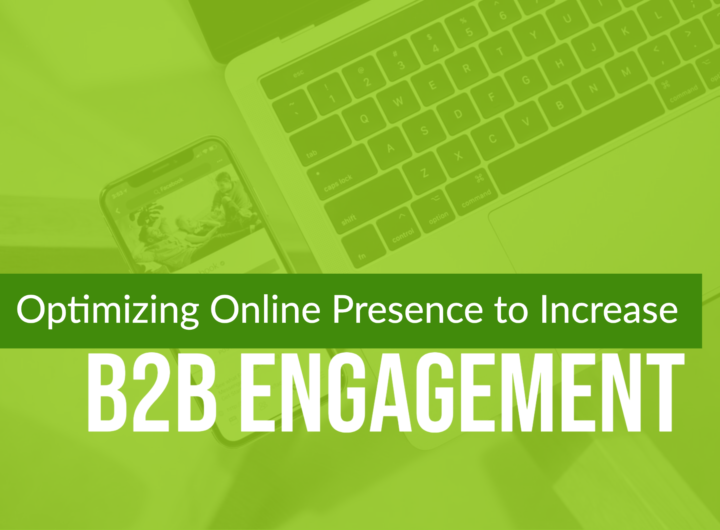The convenience industry is constantly changing and evolving.
With over 450 consumer-facing companies in the convenience retail industry and various operating structures -marketer, dealer, consigned dealer and company operations – to name a few, reaching your target B2B audience is challenging. Keeping pace with how retail operators search for suppliers and service providers online can be especially challenging due, in large part, to the pace of technological innovation that drives shifts in user preferences and engagement. It is no longer enough for vendors to just have a website. This article outlines some best practices to optimize online presence and increase engagement and conversions across devices.
Content Drives Traffic
Maintaining both new and returning website visitors to your website can be difficult. Refreshing the content on your website consistently helps maintain traffic while improving the online presence of your brand. Sharing updated content such as blog posts, case studies, eBooks’, press releases and other types of content offers can firmly establish the online authority of your online presence and the products and services you provide. Content can also be customized based on prospect buying preferences – engaging consumers of your content in unique ways and inspiring them to visit both your website and reach out to your team.
Be Mobile-Friendly
In 2017, time spent online on mobile devices surpassed desktop usage, and that trend is expected to continue to increase. In Q1 of 2019, the average daily mobile internet usage of Millennials between the ages of 25-34 was 3 hours and 45 minutes. For vendors focused on appealing to this generation of buyer / management, it is essential to have a responsive website that renders well on all devices. (Source: Statista)
Have an Inclusive Strategy
This shift away from desktop usage makes it essential for suppliers to have an inclusive strategy for both desktop and mobile users. Creating a website flow that follows the buyer’s path to purchase while considering appropriate calls to action throughout the online journey will create a more user-friendly experience. But if this buyer’s path is interrupted due to lack of responsiveness across devices, so will their level of engagement and conversion.
Website functionality should include elements such as personalization based on user preferences, content offers that nurture prospects throughout the buyer’s journey, the ability to subscribe to future content distributions to expand learning, and provide a variety of form types that can accommodate prospects that may be reluctant to submit their contact information. Essentially, any features that add functionality without impacting the mobile experience can increase engagement.
Search Engine Optimization (SEO)
While it is important to ensure your online presence can appeal to mobile and desktop users alike, it is just as important that your website can be easily found using search engines such as Google. Optimizing your website acknowledges the best practices that these search engines reward with higher rankings. This can include on-page SEO factors such as headlines, HTML tags and images. But this also measures the authority of your website based on the quality of the content you publish. As mentioned earlier, content drives traffic not only from repeat visitors, but also by earning organic ranking.
Adjusting Your Selling Approach to Marketing Leads
Users that download content are demonstrating a desire to learn more about your products and services, and for many potential buyers this is an essential part of research and due diligence prior to deciding to buy. When a lead submits their contact information online, a prompt response from a member of your sales team will significantly increase the likelihood of conversion. This is primarily due to the nature of researching companies online, and the probability that these leads are also contacting your competitors in the same way. In addition, providing your salesperson with information about the lead that is gathered through their engagement on your website can also help to advance the sale to close.
Mike Flebotte is a partner with The Business Accelerator Team, a consultancy assisting with insight, strategy, marketing and business-development for suppliers, retailers and media in retailing and foodservice. He can be reached at mflebotte@thebateam.com.
This article was adapted from B2C article published in CSP Magazine February 2020.


